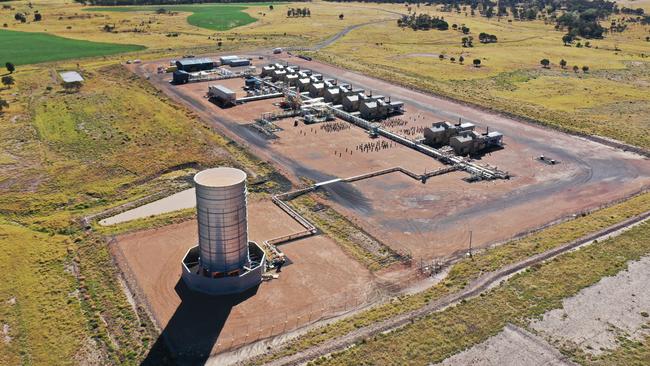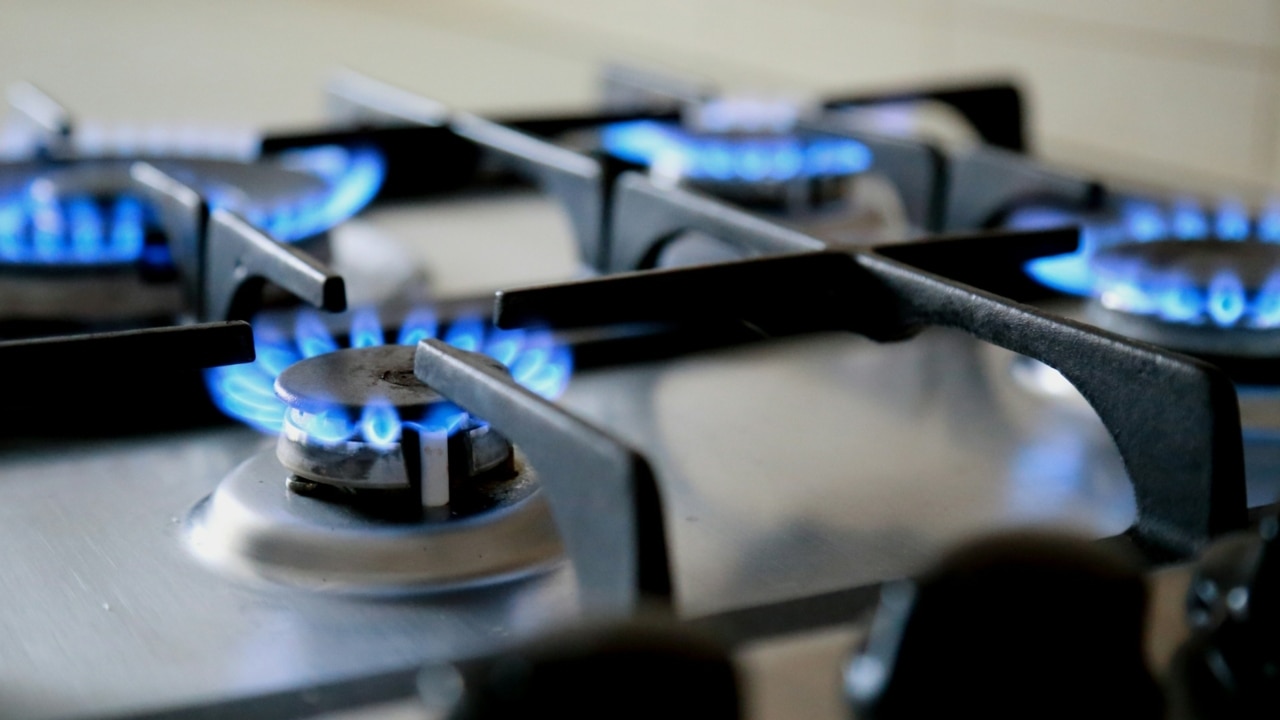APA to spend $20m to upgrade Queensland pipeline after 20-year supply deal with Senex Energy
APA Group will spend $20m to upgrade a Queensland pipeline to bring new gas from Senex’s $1bn expansion, in a deal that will feed much-needed supplies to the east coast.

APA Group will spend $20m to upgrade a pipeline in Queensland to transport new gas supplies from Senex’s new $1bn expansion, after the two companies signed a 20-year agreement.
The deal will facilitate the supply much-needed gas to Australia’s east coast as the region struggles with a looming catastrophic shortfall emerging as soon as 2026.
The country’s market operator has said emergency measures could be implemented by 2027 or 2028 when traditional gas supplies to the east coast are likely to be exhausted.
APA chief executive Adam Watson said the two companies have worked closely together to align the investment.
“This additional gas supply is critically important to Australian gas users at a time when the east coast is facing gas supply shortages as early as 2027,” Mr Watson said.
“Australia’s build-out of renewables needs to accelerate so we can take coal out of the system, but we cannot decarbonise and speed-up the energy transition without gas and without investment along the gas value chain.”

The deal comes after the federal Labor government last month approved the $1bn expansion plan of Senex Energy, owned by South Korean steel giant Posco and Gina Rinehart’s Hancock Prospecting.
The approval, which has dragged on for months, will help relieve tensions between Australia’s gas industry and Labor, which remain in the doldrums amid a series of finger pointing.
The country’s gas industry has urged the government to approve a spate of new developments, but applications have continued to be held for months.
In a decision that pleased Australia’s largest energy markets, Senex said it had secured the approvals and has begun drilling, tempering concerns that major buyers like EnergyAustralia, AGL and BlueScope would have been left in the lurch.
Continued regulatory delays would have threatened the capacity of Senex to deliver the gas for 2025, which would have forced users to either seek alternative supplies or reduce their operations.
Additional east coast capacity is a relief to a market grappling with tight supplies.

Gas is predominantly used for residential heating in Victoria, but spikes in electricity demand will cause increased pull for gas across the national electricity market.
The Australian Energy Market Operator last month convened an emergency meeting of users after issues at one of Australia’s biggest suppliers and heavy demand amid bitterly cold weather.
The market operator warned in March gas generators might be forced to burn diesel to keep the power grid running after authorities revealed states faced a catastrophic supply shortfall from next year, unless new sources of supply were developed.
However, proposed new developments remain curtailed as they await regulatory approvals, stoking suspicion from the gas industry about a lack of commitment to the fuel source. Queensland is the exception but for supplies to flow south, pipelines will need to be expanded.
The struggle to bolster supplies has led to suggestions that Australia’s east coast will have to import LNG during peak periods, a proposal which Mr Watson said would belie the country’s abundance reserves.
“We have an abundance of gas resources in Australia, including in Queensland and regions such as the Beetaloo basin. To unlock these resources and transport them to demand centres, we need to encourage investment and we need the right policy environment to support it,” Mr Watson said.
“This means ensuring the regulatory settings support investment in our major gas pipelines so we can deliver new gas transmission capacity along the east coast. We’re already seeing the benefits of our recent east coast gas grid expansion, particularly along the South West Queensland Pipeline, which has recently operated at capacity transporting gas from Queensland to southern states. It will also ensure we don’t become reliant on imported LNG which we know is more expensive and higher emissions.”




To join the conversation, please log in. Don't have an account? Register
Join the conversation, you are commenting as Logout